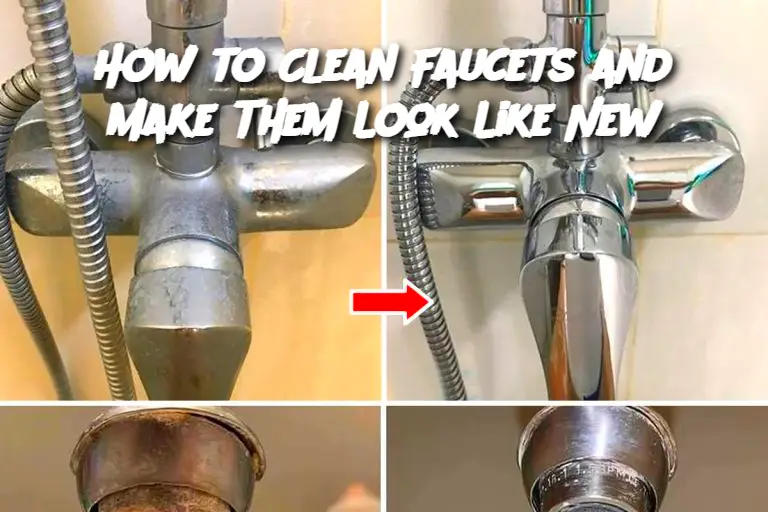ADVERTISEMENT
For an eco-friendly twist, you can substitute the white vinegar with a mixture of equal parts lemon juice and water. This will offer the same benefits while adding a fresh citrus scent to your cleaning routine.
Frequently Asked Questions:
1. Can I use this method on all types of faucets?
Yes, this cleaning method is safe for most faucets, including chrome, stainless steel, and brushed nickel. However, if you have a specialty faucet, such as a gold-plated or antique faucet, check with the manufacturer for specific cleaning instructions.
2. How do I prevent hard water stains from forming?
To prevent hard water stains, dry your faucets with a cloth after each use, or apply a protective wax coating to help repel water.
3. Can I use commercial cleaners instead of vinegar?
Yes, but ensure the cleaner is gentle and non-abrasive to avoid scratching or damaging your faucet's finish.
4. What if my faucet still looks tarnished after cleaning?
If your faucet appears dull or tarnished, you can use a faucet polish or buff it with a mixture of baking soda and water for extra shine.
By following these simple steps, you can keep your faucets looking fresh and brand new with minimal effort. Happy cleaning!
ADVERTISEMENT
